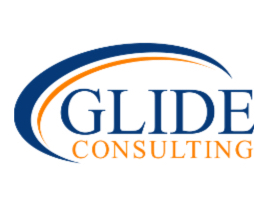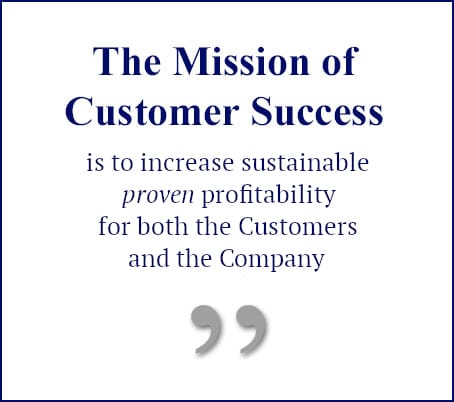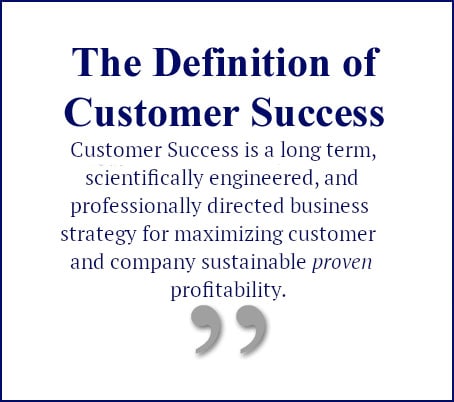Writing for Inc. Magazine, Gainsight’s Nick Meta emphasizes the value of the community that should form around a product and a company if it is to be successful over the long term. But what does that community look like in practice? What are the pieces of that puzzle? How do they fit together to form a cohesive whole? What makes a community truly a community? What is the most important understanding that the company needs to realize? That the community and the product are not separate; the product is the community.
Definition: Community
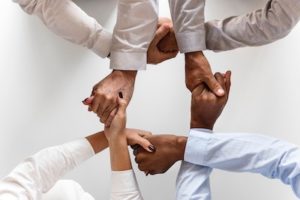 The dictionary tells us that a community is defined as a group of people sharing a common place and/or having a particular characteristic. But that’s only part of the puzzle, and failure waits for those who do not look further. The second, and most vital part of the definition of community is that it’s a feeling of fellowship with others, a result of sharing common attitudes, interests, and goals. It’s an experience, a perception.
The dictionary tells us that a community is defined as a group of people sharing a common place and/or having a particular characteristic. But that’s only part of the puzzle, and failure waits for those who do not look further. The second, and most vital part of the definition of community is that it’s a feeling of fellowship with others, a result of sharing common attitudes, interests, and goals. It’s an experience, a perception.When I analyze product communities, I look for several key factors. I begin with communication channels; who speaks to that community and how do they listen in return? Company communication channels are usually one-way. Some companies go further to maintain listening channels to get at the voice of the customer, but this is not enough. Communication channels are vital, but they will not themselves automatically create that single crucial aspect of community: a sense of ongoing, mutually-beneficial connectedness — a relationship.
It’s About the Relationship
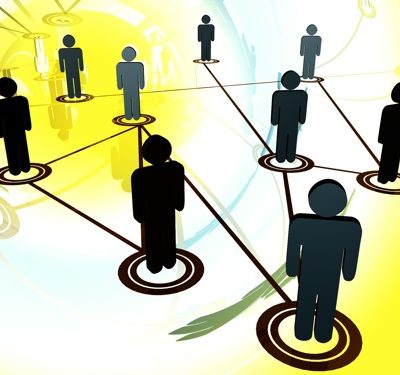 So the second core factor I look for is relationship. Who are the core members of this community? What really ties them together, what brings them to recognize that they are, in fact, a mutually-dependent community? How do they know each other, how do they regularly interact? How are they connected to the company? What are the signs of the company’s connection with them? What value does the company consistently demonstrate about those relationships? How is that value proven?
So the second core factor I look for is relationship. Who are the core members of this community? What really ties them together, what brings them to recognize that they are, in fact, a mutually-dependent community? How do they know each other, how do they regularly interact? How are they connected to the company? What are the signs of the company’s connection with them? What value does the company consistently demonstrate about those relationships? How is that value proven?The third core factor in my mind is consistency of process. Is the basic identity of the community, that perception of relationship, cohesively reinforced in all activities? Does everything in and around this community walk the talk, in other words?
.
Bedrock Reality
We know how to sell technological bells and whistles, the industry has been doing it for more than 60 years. But those are just table stakes to get into the game. The most important realization for a company is that its product has to be much more than those bells and whistles. There is no sustainable competitive advantage in features and functions, they are too easily duplicated. What persists is that which cannot be quickly copied, for it has to be earned and sustained. What companies need to learn is how to create and market communities as products over the long term. If you’re up for that challenge, let’s talk. Join us in The Customer Success Forum on LinkedIn for the discussion. Log into LinkedIn first, then click.
.
Mikael Blaisdell
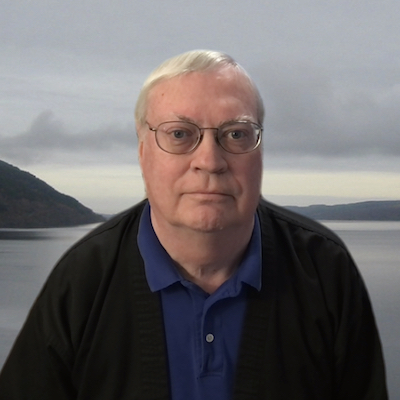 Mikael Blaisdell created his first online community on CompuServe in 1970. He founded The Customer Success Forum on LinkedIn in 2009 with 350 members and built it to over 58,000 participants today — the largest global gathering of Customer Success professionals anywhere.
Mikael Blaisdell created his first online community on CompuServe in 1970. He founded The Customer Success Forum on LinkedIn in 2009 with 350 members and built it to over 58,000 participants today — the largest global gathering of Customer Success professionals anywhere.





